We’ve all been there, draining 9-5, everyday just passing you by, you’re stuck in this loop we call life and you searching for something to fill the constant void. Teaching English in South Korea is probably an option you’ve considered, you’re in luck because Travelbud team member, Carolina has just spent a holiday exploring the country, here she shares with us a few insights on where to eat and how to get there in South Korea.
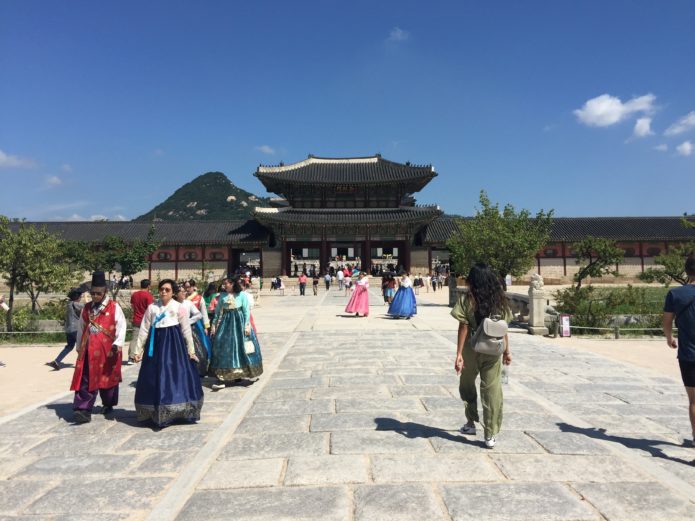
Gyeongbokgung Palace.
I recently came back from an amazing trip to South Korea with my mom. On our way back, my mom turned to me and asked, “So, would you live here?”
It may seem like an odd question, but it’s one my parents frequently ask me when we travel together. They know me all too well, and my proclivities for fantasizing about life somewhere else are no surprise to them. So what did I say to my mom as we carried our bags across the airport? “Absolutely!”
I don’t always want to stay and live in every city I visit, but Seoul and South Korea were truly special, I especially enjoyed the food and transportation.
Food
To the foodies out there, this will come as no surprise, but food in South Korea is amazing! From savory to sweet, there’s a dish for everyone and every type of diet.
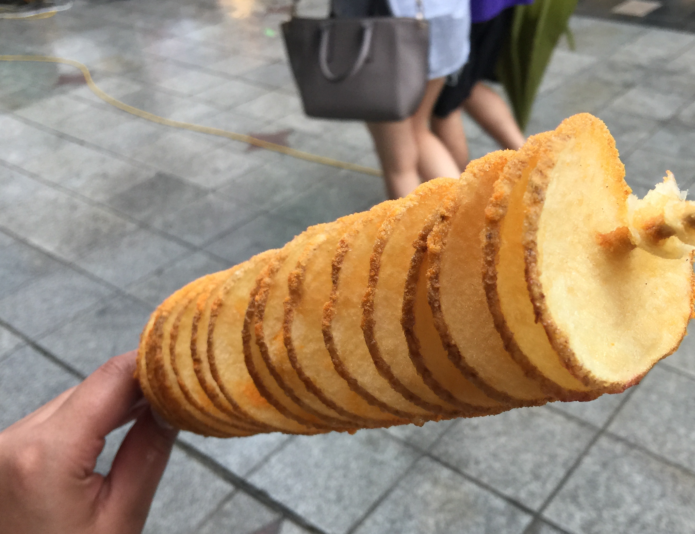
Potato Spiral in Busan Gukje Market.
Let’s start with my favorite first: street food. I tried two markets whilst in South Korea: Busan’s Gukje Market, and Seoul’s Myeongdong Night Market. Relatively cheap and incredibly delicious, both markets are hot spots for locals and tourists alike.
My personal favorite: roasted lobster with cheese in Myeongdong’s Night Market.
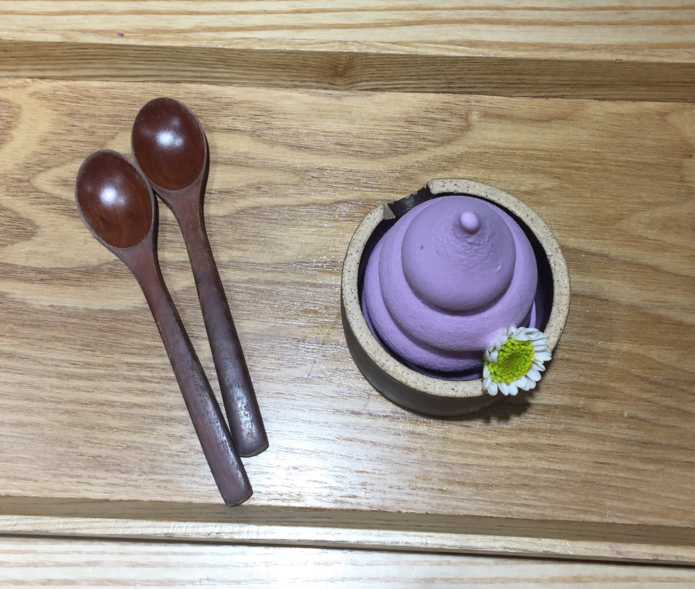
Cafe Bora Purple Sweet Potato Ice Cream.
Another thing that surprised about South Korean food was how seriously locals take their sweets. Themed cafés are a thing, and you won’t be able to walk down any food market without running into someone enjoying an ice cream, especially in the hot summer! In Seoul, I threw out my diet to try out these three:
- O’Sulloc’s green tea-themed café (seriously, everything is green tea, and the latte is to die for!)
- Sulbing’s snowflakes, which are very similar to the Korean bingsu
- Café Bora’s purple sweet potato ice cream. Spoiler alert: it’s way tastier than you’d imagine!
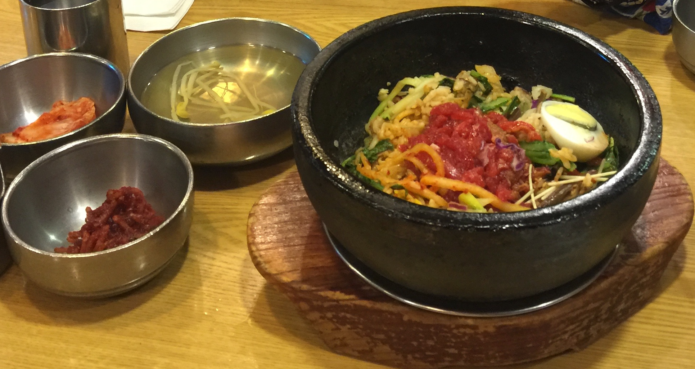
Bibimbap – Seoul.
Traditional Korean cuisine is also a must-try, but worry not! Finding restaurants that serve Korean dishes is not hard at all. If anything, you’ll have trouble deciding which ones to go to, but be sure to try the local cuisine.
You’ll be able to find classics like bibimbap and Korean BBQ anywhere you go. My advice? Do a little research on the dishes you’d like to try to find a good restaurant in your area. That’s how I found Wangbijib’s Korean BBQ in Seoul (best steak ever!)
Transportation
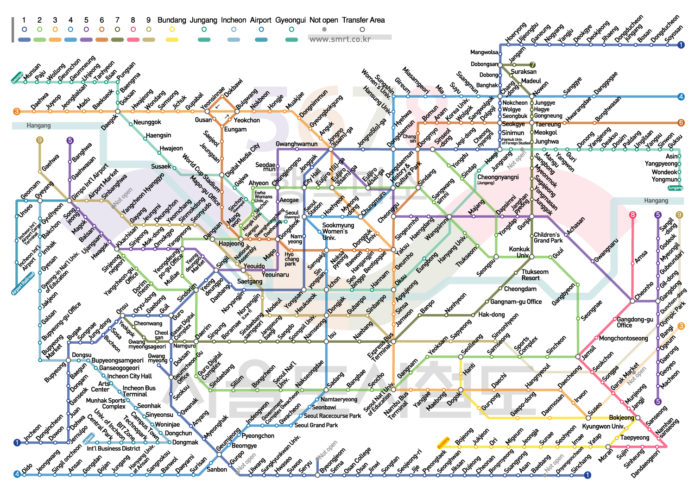
Seoul Subway map.
Getting around South Korea was surprisingly easy, and this is coming from someone whose knowledge of the Korean language goes as far as knowing how to say “thank you,” I’m not even joking. The one thing you do need to know is that Google Maps does not work over there.
If you’re a map user like me, you may want to download a local app. Personally, I used KakaoMap, which works in English as well as Korean and saved me from getting lost on several occasions!
Once you have your map ready to go, what should you know about transportation in South Korea?
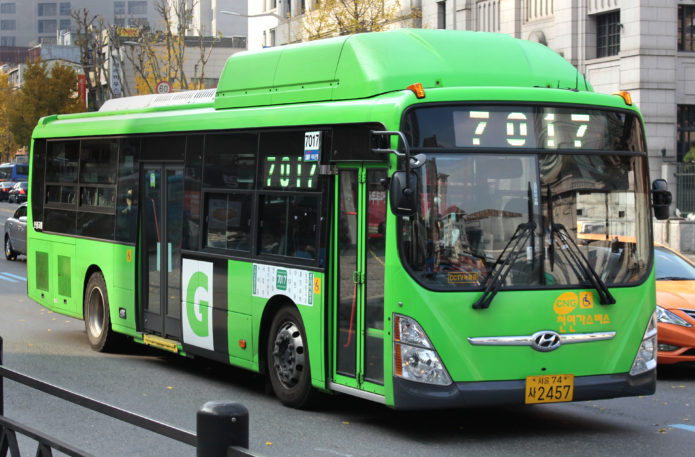
Seoul Metro buses.
The first thing you should know is that using public transportation is really, really easy. If you’re going to be in South Korea for a while, you may want to look into getting yourself a public transportation card in your local city.
However, when you first get there and while you familiarize yourself with the system, you can always buy tickets at metro stations and/or pay the bus driver when you get on your bus. Both the buses and metro were super clean and cheap, though they do get really full during peak hours!
As for getting around the country itself, trains are a great way to do so. Seats should be reserved in advance, either at your local train station or online through the Korail website. While I was there, I took trains to move from Seoul to Daegu, from Daegu to Busan, and finally, from Busan to Seoul.
The train rides reminded me of European trains: comfortable, fast and reasonably priced (unless you’re booking yourself a first-class ticket). If you’re in a pinch, regional buses are also an option, and other travelers I met told me they were very comfortable, too!
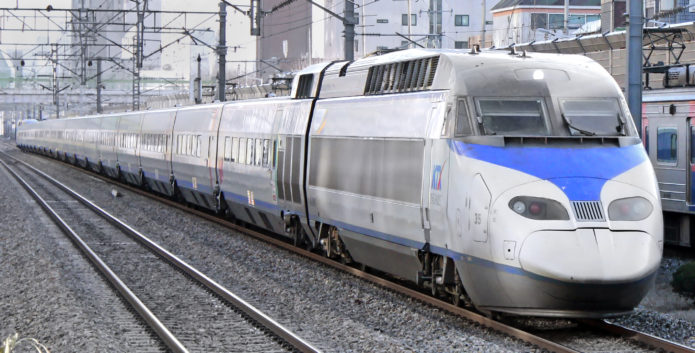
High speed AREX train, Seoul.
Finally, my last note on transportation is on getting from Incheon International Airport to downtown Seoul. I really recommend taking the AREX train, which connects Incheon Airport to the city via two lines: express and all-stop. The express train takes about 45 minutes from the airport to Seoul Station, while the all-stop train takes about one hour.
Tickets cost a little under 8 USD, making the AREX the cheapest way of getting yourself to downtown Seoul. Seats have plenty of room, there’s space to store your luggage at the end of each car and you can purchase tickets directly at the airport.
Interested in Teaching English, volunteering or interning abroad? We’ll send you more info!

0 Comments